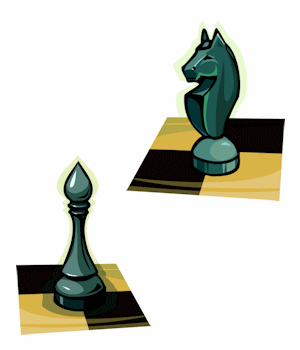
Guess what? It's now time to look at MINOR PIECE ENDINGS.
Endings with BISHOPS AND KNIGHT.
We'll start off by looking at a few CHECKMATES.

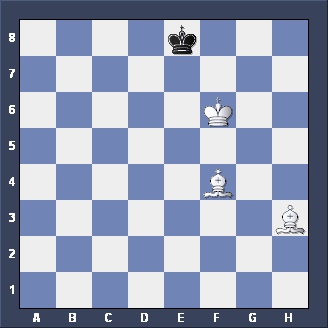
|
You can do it in SIX moves from here. Your first move, please!
 




|
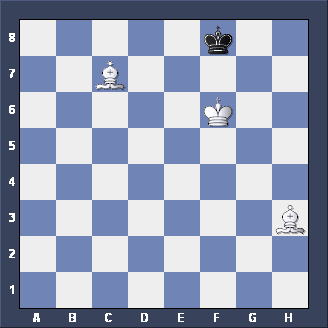
|
The quickest way to win starts with Bf4-c7, to keep the King off d8. So Black has to play his King to f8. Your next move?
 




|
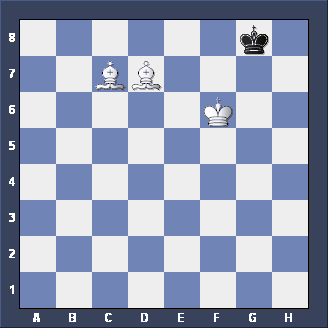
|
The same idea again: White plays his other Bishop to d7, forcing the Black King to g8. Don't forget to use your King as well.
 




|
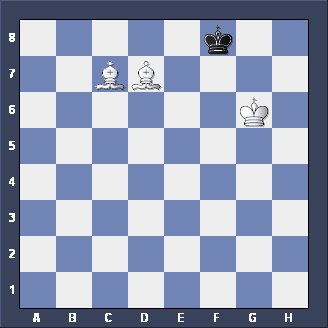
|
The QUICKEST way to win is to play your King to g6. Now Black seems to have a choice, but both moves lose in the same way. Let's say he goes to f8. Your move again.
 




|

|
Now it's easy - a CHECK forces the Black King back to g8. What comes next?
 




|

|
 




|

|
In this position you can force MATE in THREE MOVES. Can you work out the first move?
 




|
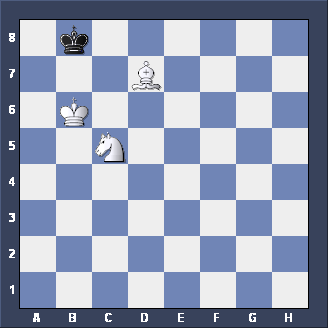
|
 




|

|
White's Knight check forces the King back into the corner, when the mate is obvious, isn't it?
 




|

|
This position sees a slightly different sort of BISHOP & KNIGHT CHECKMATE. White can MATE in 3 MOVES - starting with what?
 




|

|
 




|
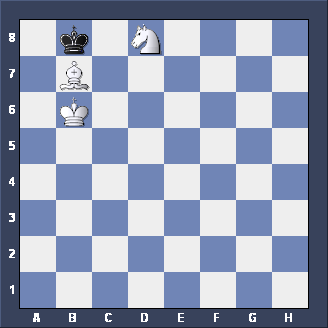
|
Of course the move is Ba6-b7, setting up a CHECKMATE next move with...
 




|
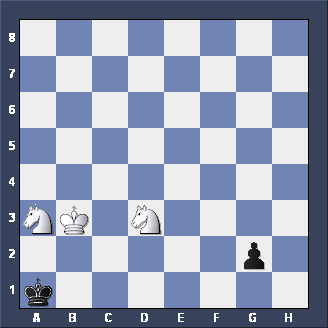
|
Here's an example. White can force mate in 2 moves - do you see how. There's a choice of first move here.
 




|
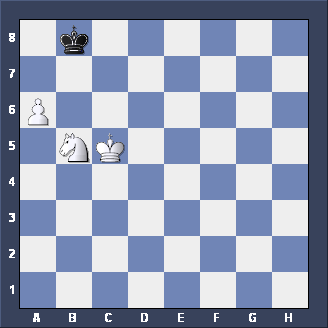
|
This position's a little bit tricky. It's easy for White to go wrong and throw away the win. Tell me, what would YOU play as White here?
 




|
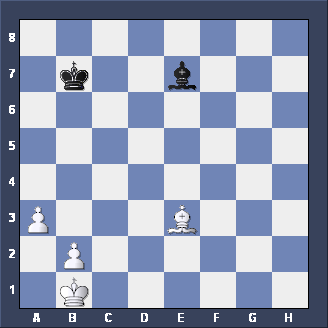
|
 




|

|
|